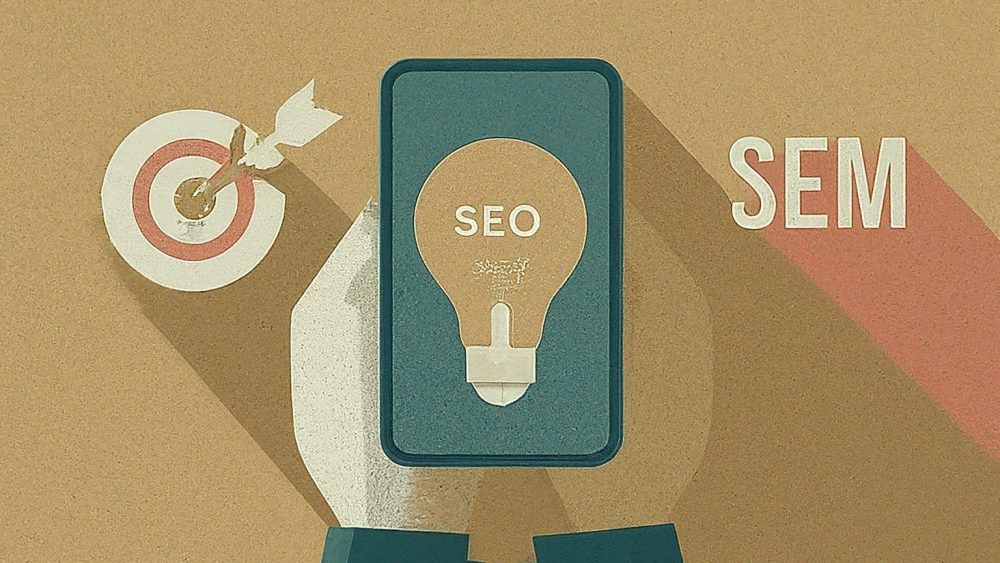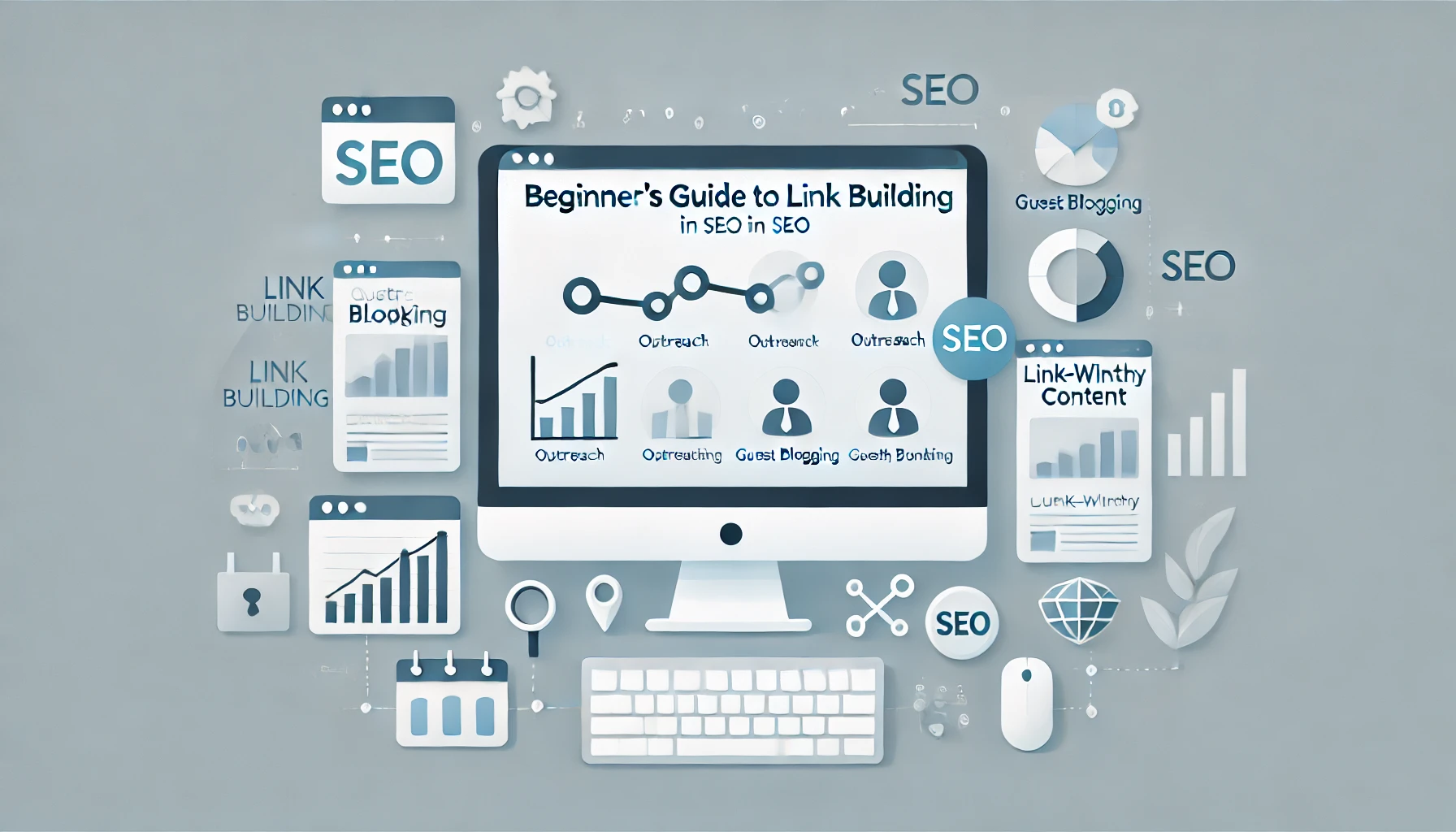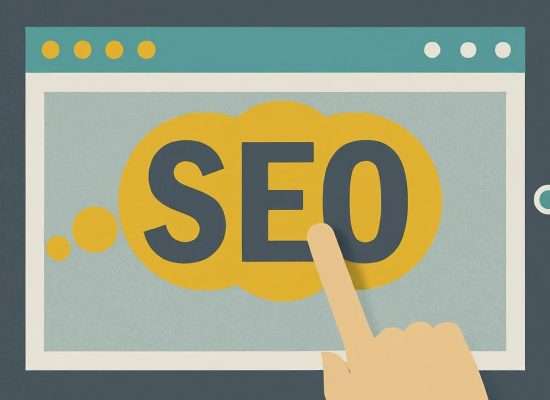Table of contents
Everyone says you need a website. It’s the digital storefront of your dreams, a place to showcase your brand and convert visitors into customers. But here’s the problem: getting those visitors to your website can feel like pushing a boulder uphill. Organic traffic, the kind that comes for free through search engines, seems like a distant dream.
There are ways to break a sweat and see results. Two powerful must-have tools for any digital marketing arsenal are SEO (Search Engine Optimisation) and SEM (Search Engine Marketing). These aren’t magic bullets, nothing ever is, but with the right approach, they can work together to turn your website into a traffic magnet.
In this guide, we’ll break down the difference between SEO and SEM, and then show you how they can work together to help create a comprehensive digital marketing strategy that drives traffic and grows your business.
What’s the difference between SEO and SEM?
While their names share similarities, they cater to distinct objectives.
SEO (Search Engine Optimisation)
Think of SEO as the art of making your website attractive to search engines. By optimising your content, structure, and user experience, you encourage search engines to rank your website higher in organic search results. The higher your ranking, the more likely people are to find your website when they search for terms related to your business.
SEM (Search Engine Marketing)
SEM casts a wider net. It encompasses a variety of paid advertising strategies, with Pay-Per-Click (PPC) being the most common. With PPC, you bid on specific keywords that your target audience might search for. When someone types in those keywords, your ad appears at the top of the search results page, prominently displayed and ready to capture attention.
SEO vs SEM – a detailed look
Here’s a deeper dive into how SEO and SEM work.
SEO – the organic path to visibility
- Content creation: The foundation of good SEO is high-quality, informative, helpful content that caters to your target audience’s search queries. Think blog posts, informative articles, and engaging videos that answer their questions and provide value.
- Keyword optimisation: Search engines rely on keywords to understand what your website is about. Strategic use of relevant keywords throughout your content and code signals to search engines that your website is a valuable resource for those keyword searches.
- Website structure and user experience: Search engines prioritise websites that are easy for users to navigate and mobile-friendly. A clear website structure and a positive user experience (UX) go a long way in improving your SEO ranking.
- Backlinks: Imagine backlinks as votes of confidence for your website. When other high-authority websites link to yours, it tells search engines that your content is credible and trustworthy, giving your SEO a significant boost.
The benefits of SEO are numerous. It can drive targeted traffic, establish your brand as an authority in your niche, and generate qualified leads organically over time. However, SEO is a long-term strategy. It takes consistent effort, patience, and continuous optimisation to see significant results.
SEM: paying for prominent placement
- Platform selection: There are several platforms for running PPC campaigns, with Google Ads and Bing Ads being the most popular. These platforms allow you to create targeted campaigns that reach your ideal audience.
- Keyword bidding: The core of PPC is keyword bidding. You bid on specific keywords that you want your ads to appear for. The higher your bid (within reason), the more likely your ad will be shown for that keyword and the higher it will appear on the search results page.
- Ad creation: Crafting compelling ad copy is key to PPC success. Your ad needs to be informative, attention-grabbing, and entice users to click through to your website.
- Budget management: With PPC, you have control over your budget. You set a daily or total budget for your campaign and only pay when someone clicks on your ad. This allows you to tailor your spending to your marketing goals.
SEM offers several advantages. It delivers faster results than SEO, allowing you to target specific keywords and get immediate traffic to your website. It’s also highly measurable. You can track clicks, conversions, and return on investment (ROI) to see how your campaigns are performing and optimise them for better results. However, SEM requires ongoing investment. Traffic stops once you stop paying for ads.
The power of SEO and SEM working together: a synergistic approach
While SEO and SEM are distinct strategies, they can be a match made in digital marketing heaven when used together. Here’s how this powerful duo can supercharge your website traffic and conversions.
Uncover hidden gems: leverage SEM research for SEO
- Keyword magic: Don’t waste time guessing which keywords your audience is searching for. Utilise the keyword research capabilities of SEM platforms like Google Ads or Bing Ads. These tools can provide valuable insights into search volume, competition level, and even related keywords you might not have considered. By identifying relevant keywords with high search volume and low competition, you can target them in your SEO efforts. This strategic approach increases your chances of ranking higher organically for those terms, driving more targeted visitors to your website for free.
- Trend spotting: SEM platforms can also reveal trending keywords and topics. Use this knowledge to inform your content creation strategy. By creating content that addresses current user interests, you can establish yourself as a thought leader in your niche and attract organic traffic through relevant searches.
Jumpstart new content and boost rankings
- Initial traction: Launching new content can feel like throwing a message in a bottle into the vast digital ocean. While SEO works its magic in the background, leverage SEM to give your new content an initial traffic boost. Run targeted ads for your new content to relevant audiences. This initial push can help establish your content’s relevance with search engines, sending positive signals that can improve your organic ranking over time.
- Testing and refinement: SEM allows you to A/B test different headlines, ad copy variations, and landing pages. This data can be invaluable in refining your SEO strategy. By identifying what resonates best with your target audience, you can optimise your content and website structure for better organic performance.
- Retargeting: Rekindle the Flame with Past Visitors. Not everyone who visits your website converts on the first visit. This doesn’t mean they’re lost forever. Use SEM for retargeting campaigns. These campaigns allow you to show targeted ads to users who have previously interacted with your website. This “friendly reminder” can reignite their interest and encourage them to take action, whether it’s completing a purchase, signing up for a newsletter, or downloading an ebook.
The SEO and SEM synergy: a win-win Situation
By combining SEO and SEM, you create a well-rounded digital marketing strategy that delivers a powerful punch.
- Immediate and long-term benefits: SEM provides a faster way to attract targeted visitors, while SEO builds organic traffic that grows over time. This combination gives you the best of both worlds: immediate results and long-term sustainability.
- Targeted audience reach: Both SEO and SEM allow you to target your ideal audience, ensuring your message reaches the right people at the right time.
- Data-driven optimisation: Both strategies provide valuable data and insights into user behaviour. Use this information to continuously refine your approach and maximise your return on investment (ROI).
In conclusion
Ditch the uphill battle of limited website traffic. Embrace the power of SEO and SEM working together. With the right approach, you can transform your website into a traffic magnet, establish your brand as an authority, and ultimately achieve your business goals in the ever-evolving digital landscape.
Bourne Digital can help you increase brand awareness, generate traffic and get more leads.



